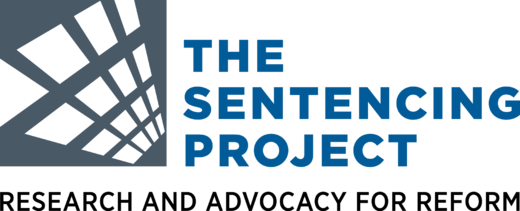Overview of the Initiative The Child Welfare Community Collaborations (CWCC) initiative is a set of cooperative agreements funded by the Children’s Bureau (CB) within the U.S. Department of Health and Human Services’ Administration for Children and Families (ACF). CWCC funding … Read More
Child Well-Being

The AFCARS Report
FY 2022 AFCARS Foster Care Data Release AFCARS Background (AFCARS 1993) The AFCARS final rule was published December 22, 1993; the federal regulations at 45 CFR 1355.40 implemented Section 479 of title IV-E of the Social Security Act. AFCARS was … Read More

Methodological Research to Support the National Survey of Children’s Exposure to Violence
This report describes comprehensive efforts to review and assess the National Survey of Children’s Exposure to Violence (NatSCEV) and recommends alternate approaches. The NatSCEV study design and methodology warranted reassessment. One reason for this reassessment is because response rates have … Read More

Child Opportunity Index (COI)
Neighborhoods matter. Children who live in neighborhoods with quality schools, safe housing, access to healthy food, parks, clean air and economic opportunities air are more likely to grow into healthy, productive adults than children who do not have access to … Read More

America’s Growing Movement to Divert Youth Out of the Justice System
After decades of neglect, the youth justice field is awakening to the importance of diversion in lieu of arrest and formal court processing for many or most youth accused of delinquent behavior. Even amid rising concerns over youth crime nationwide, … Read More

Housing Needs of Survivors of Human Trafficking Study
Introduction The Violence Against Women Act (VAWA), first passed in 1994 and most recently reauthorized in 2022, encompasses a range of federal responses to the issues of domestic violence, dating violence, sexual assault, and stalking. VAWA established sentencing standards, victim … Read More

Foster Care History,Profiles of Adolescence,and Educational Attainment
Introduction High school completion and post-secondary enrollment are taken for granted by most K-12 students andtheir parents in the United States (Lippman et al. 2008; Pew Research Center 2011), but research points tosignificant educational disadvantages among youth with foster care … Read More

How Can You Not Drive? YOU CAN! DRIVE!
Introduction Few youths with foster care experience acquire a driver’s license given the absence of dedicated caregivers able to provide the resources to learn to drive. Lacking a driver’s license leaves these youths dependent on public transportation or friends who … Read More

Supporting Foster Youth and Their Family Connections: Policy and Practice Recommendations
In this study, a research team from UCLA learned directly from the youngest generation of foster youth transitioning into adulthood about the issues facing them personally and in relation to their family connections. We heard about issues that impacted them … Read More

Leveraging Cross-Program Data to Modernize Outreach & Enrollment in SNAP & Connected Benefits
Across the human services sector, a variety of data sharing models support state and local benefits access interventions and increasingly catalyzes longerterm systems transformation initiatives. Projects funded under the Coordinating SNAP & Nutrition Supports (CSNS) grant program deployed three distinct … Read More

